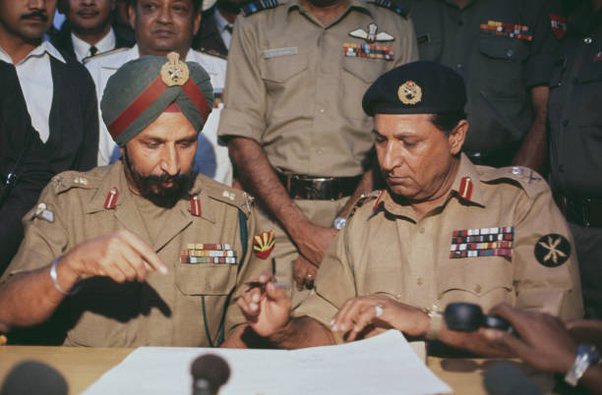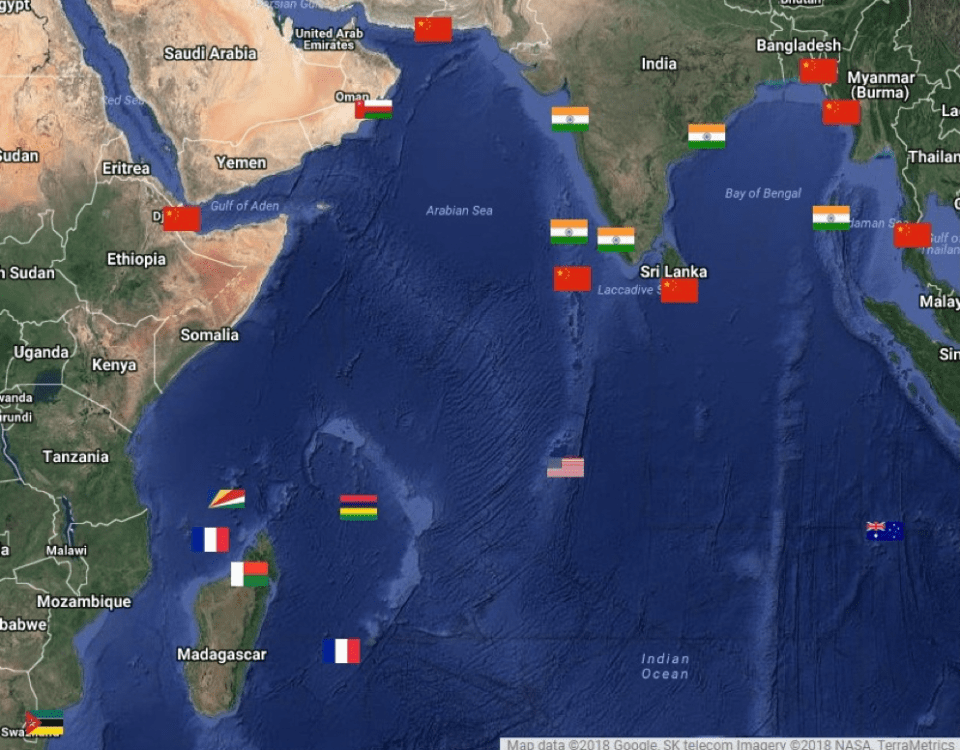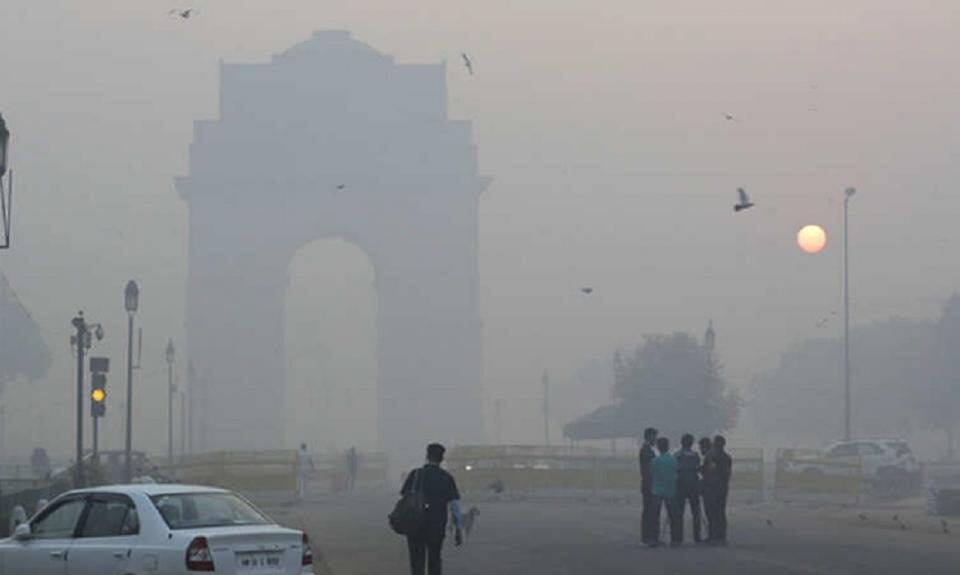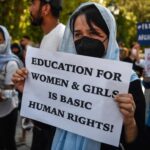
The Taliban’s War on Education: A Fight Against Enlightenment
November 16, 2023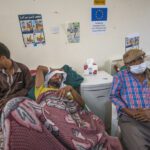
Unveiling the Health Crisis in Yemen: Navigating the Challenges
November 18, 2023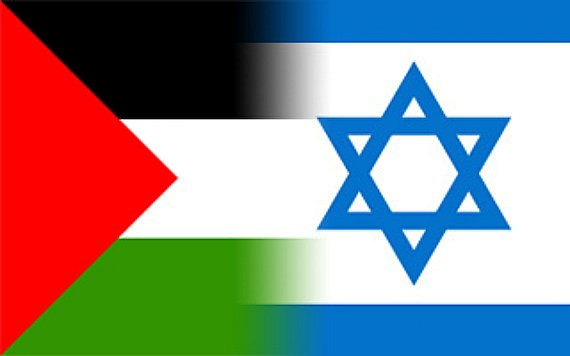
Samina Mustafa
Navigating the Israel-Palestine quagmire requires a nuanced understanding of historical, political, and socio-cultural factors. The complex territorial dispute has deep roots, with both sides holding legitimate grievances. An effective approach involves acknowledging the historical context, promoting dialogue, and fostering international cooperation to address the root causes of the conflict. Striking a balance between national aspirations and ensuring human rights for all is crucial for a sustainable resolution. Ongoing efforts by the international community and regional actors play a vital role in navigating this intricate geopolitical landscape.
Furthermore, addressing the Israel-Palestine quagmire necessitates recognizing the importance of a two-state solution, ensuring the self-determination of both Israelis and Palestinians. Regional stability hinges on fostering economic development, improving living conditions, and dismantling barriers to peaceful coexistence. International diplomacy must prioritize multilateral initiatives that promote dialogue, understanding, and respect for international law. Encouraging people-to-people connections and cultural exchanges can contribute to building trust and dismantling stereotypes. Ultimately, a comprehensive and inclusive approach is essential for navigating the complexities of the Israel-Palestine conflict [1].
In pursuit of a peaceful future for Israelis and Palestinians, it is crucial to delve deeper into potential solutions to the longstanding and complex Israeli-Palestinian issue. The multifaceted nature of the conflict necessitates a comprehensive approach that addresses core concerns, fosters understanding, and paves the way for lasting peace.
Core Issues and Negotiations
Sustained diplomacy and negotiations remain fundamental pillars for resolving the conflict. Direct talks, facilitated by trusted mediators, should address key issues such as borders, settlements, security, and the status of Jerusalem. A commitment to mutual recognition and respect is vital for building trust and finding common ground.
Territorial Compromise
Most countries deem Jewish settlements built on land Israel occupied in 1967 as illegal. Israel disputes this and cites historical and Biblical ties to the land. Their continued expansion is among the most contentious issues between Israel, the Palestinians, and the international community [2].
A fair and equitable territorial compromise is essential. This could involve a two-state solution, with Israel and Palestine coexisting within secure and recognized borders. Negotiations should consider pre-1967 lines with mutually agreed land swaps, accounting for demographic realities and ensuring the viability of both states.
Economic Development and Cooperation
According to the UN agency for Palestinian refugees, UNRWA, 63% of Gaza’s population is dependent on international aid. UNRWA claims the blockade has devastated Gaza’s economy, estimating that more than 80% of the population is living in poverty [3].
Promoting economic development and cooperation can contribute to stability and improve the lives of both Israelis and Palestinians. International support and investment can facilitate infrastructure development, job creation, and enhanced trade relations. Joint economic projects can bridge divides and lay the foundation for a more prosperous future.
International Involvement
There continues to be a rather strained debate among governments and legal scholars about applying various fields of international law to non-state actors such as Hamas, including questions about the legal obligations of states that these actors come into conflict with. For example, in the United States, the George W. Bush administration advanced a “legal black hole” argument during the so-called war on terrorism that followed 9/11, claiming that al-Qaeda and the Taliban were nonstate actors and therefore unprotected by the 1949 Geneva Conventions. However, the U.S. Supreme Court discredited that legal argument in 2006, ruling that Common Article 3 of the conventions did apply to the U.S. war with al-Qaeda.
Israel and the “state of Palestine,” which is recognized by most countries as comprising the West Bank, Gaza, and East Jerusalem, are ratified parties of the four Geneva Conventions of 1949. Israel has not ratified the first and second protocols of the conventions, which in 1977 further regulated the protection of civilians, property, and the environment during war. One of the prominent provisions in Article 75 of Protocol I, which Washington has long viewed as part of customary international law, and thus the provision would bind not only the United States but also Israel [4].
The state of Palestine also is a state party of the Rome Statute of the International Criminal Court (ICC), which means that Hamas leaders and personnel can be held accountable for committing genocide, crimes against humanity, or war crimes on, for example, Israeli territory or in Gaza. Israel, like the United States and dozens of other countries, is not a state party of the Rome Statute, but the ICC prosecutor will scrutinize its military actions in Gaza, the territory of a state party.
The international community plays a crucial role in facilitating a resolution. Support from major powers, regional actors, and international organizations can provide a framework for negotiations, monitor compliance, and offer assistance in implementing agreements. A comprehensive approach involving multiple stakeholders enhances the chances of success and ensures sustainable peace.
Safety and Security
According to the UN, 1 million Palestinians have been driven from their homes in Gaza, and the Palestinian health ministry says 2,329 Palestinians have been killed since hostilities began.
The only crossing between Egypt and Gaza has been bombed, and Cairo and Hamas have not let people out. Power is off, clean water is scarce, and the last fuel for hospital emergency generators could expire, leaving Gaza facing a humanitarian crisis [5].
Ensuring the safety and security of both Israelis and Palestinians is paramount. Effective security measures, including demilitarization, joint patrols, and intelligence sharing, can build trust and prevent acts of violence.
Refugee Concerns and Settlements
As many as 700,000 Israeli settlers are living illegally in the occupied West Bank as settler violence surges. Since Israel unleashed its brutal bombing campaign in Gaza on October 7 in the wake of a deadly Hamas attack, settler attacks against Palestinians in the occupied West Bank and East Jerusalem have more than doubled from an average of three to eight incidents a day, according to the United Nations [6].
Today about 5.6 million Palestinian refugees – mainly descendants of those who fled in 1948 – live in Jordan, Lebanon, Syria, the Israeli-occupied West Bank, and Gaza. About half of registered refugees remain stateless, according to the Palestinian foreign ministry, many living in crowded camps. The spike in settler attacks has forced hundreds of Palestinians to flee their homes in the past three weeks amid the Israeli bombardment of Gaza that has killed more than 9,500 people.
Addressing the concerns of Palestinian refugees and Israeli settlements is essential for a comprehensive resolution. Providing compensation, resettlement options, and acknowledgment of historical injustices can address the grievances of displaced Palestinians. Balancing the rights of settlers with the territorial integrity of a future Palestinian state is equally important.
Cultural and Religious Dialogue
Several religious factors pertinent to Islam and Judaism dictate the role of religion as the main factor in the conflict, notably including the sanctity of holy sites and the apocalyptic narratives of both religions, which are detrimental to any potential for lasting peace between the two sides. Extreme religious Zionists in Israel increasingly see themselves as guardians and definers of how the Jewish state should be and are very stringent when it comes to any concessions to the Arabs. On the other hand, Islamist groups in Palestine and elsewhere in the Islamic world advocate the necessity of liberating the “holy” territories and sites for religious reasons, and preach violence and hatred against Israel and the Jewish people [7].
Religion-based rumors propagated by extremists in the media and social media about the hidden religious agendas of the other side exacerbate these tensions. Examples include rumors about a “Jewish Plan” to destroy the al-Aqsa mosque and build the Jewish third temple on its remnants, and, on the other side, rumors that Muslims hold the annihilation of Jews at the core of their belief.
In addition, worsening socio-economic conditions in the Arab and Islamic world contribute to the growth of religious radicalism, pushing a larger percentage of youth towards fanaticism, and religion-inspired politics [8]. Promoting cultural and religious dialogue fosters understanding, empathy, and mutual respect. People-to-people interactions, educational exchanges, and joint cultural initiatives can break down barriers and build bridges between the two communities.
Shared Resources Management
The World Food Programme estimates that in normal times, more than 60% of Gaza’s population faces food insecurity. Analysts say this has been exacerbated under the tightened blockade of recent days. Even before the latest conflict erupted and Israel cut fresh water supplies to Gaza, 90% of the water was undrinkable, according to the Palestinian water authority [9].
According to the World Bank, food, as a percentage of Gaza’s total imports has risen sharply in the last decade, while the amount of food produced in the region, has fallen, underscoring Gaza residents’ reliance on the external aid that has now been blocked for more than a week [10]. The equitable distribution and sustainable management of shared resources, such as water, can be a key factor in resolving the conflict. Implementing joint water management projects, investing in desalination technology, and promoting efficient resource usage can alleviate tensions and promote cooperation.
Healing Wounds and Reconciliation
Healing the wounds of the past and fostering reconciliation is vital for long-term peace. Establishing truth and reconciliation commissions, promoting forgiveness, and creating platforms for dialogue can build a foundation for a shared future.
Conclusion
In conclusion, finding a solution to the Israeli-Palestinian issue requires a multifaceted approach encompassing diplomacy, territorial compromise, economic development, and international involvement. Courageous leadership, genuine commitment, and a willingness to make difficult compromises are essential. While the path to peace may be challenging, it is not insurmountable. By engaging in constructive dialogue, fostering understanding, and working towards a shared future, Israelis and Palestinians can build a better surrounding for themselves.
The Israeli-Palestinian conflict, rooted in historical complexities, revolves around land, self-determination, and security. Efforts to resolve the issue through negotiations and peace agreements have been hindered by challenges, including the establishment of a Palestinian state, the status of Jerusalem, the rights of refugees, and Israeli settlements.
References
- Beckerman, C. (2020). Unexpected State: British Politics and the Creation of Israel. Indiana University Press.
- Eisenberg, L. Z., & Caplan, N. (2010). Negotiating Arab-Israeli peace: patterns, problems, possibilities. Indiana University Press.
- Chapman, C. (2015). Whose promised land: The continuing conflict over Israel and Palestine. Lion Books.
- Nachmias, N. (2019). Two Divergent Cases of Protracted Humanitarian Aid Operations: The World Bank and UNRWA (1949-2017). Cultural and religious studies, 7(5), 227-250.
- Qafisheh, M. (Ed.). (2014). Palestine membership in the United Nations: Legal and practical implications. Cambridge Scholars Publishing.
- Adem, S. H. (2019). Palestine and the International Criminal Court. TMC Asser Press.
- Butt, K. M., & Butt, A. A. (2016). Blockade on Gaza strip: A living hell on earth. Journal of Political Studies, 23(1), 157.
- Nijim, M. (2020). Genocide in Gaza: Physical destruction and beyond.
- Saeedi, M., Al-Othman, N., Rabayaa, M., & Dwaikat, S. (2022). An investigation into religious awareness as a crucial factor in adherence to COVID-19 medical directives in Palestine. BMC Public Health, 22(1), 1-10.
- Ali, F. (2023). Food Insecurity and Mental Health in a Conflict-Affected Population: A Cross-Sectional Study of Adults in Gaza (Doctoral dissertation).
The writer is an independent researcher.




